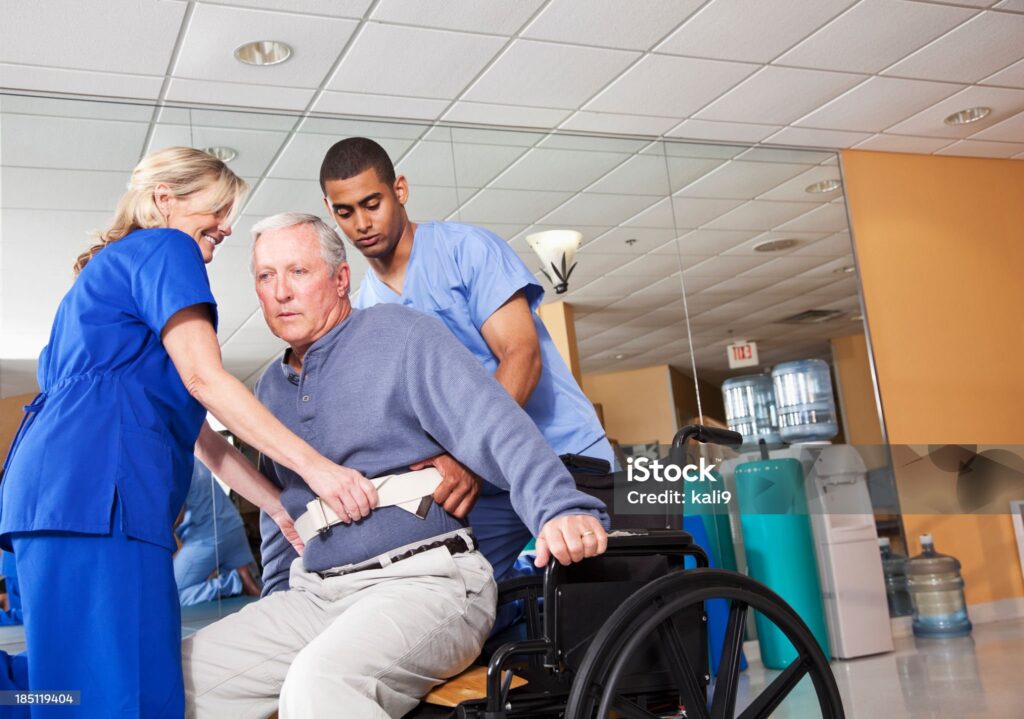
A Hoyer lift is a type of medical lift used to assist in transferring individuals who have limited mobility or are unable to move on their own, such as people with physical disabilities, elderly individuals, or those recovering from surgery. The device is designed to help caregivers lift and move patients safely, reducing the risk of injury to both the caregiver and the patient.
A Hoyer lift typically consists of:
- Base: A stable, wheeled frame that provides the support for the lift and allows it to be moved around.
- Boom: A hydraulic or electric arm that extends and lifts the patient.
- Sling: A supportive fabric or mesh material that fits around the patient’s body, providing support while they are being lifted.
- Controls: Depending on the model, the lift may have manual or powered controls to operate the lifting mechanism.
The patient is placed into the sling, which is then attached to the boom of the lift. The lift mechanism (either manual or electric) raises the patient off the surface, such as a bed or chair, and can then be moved to another location, such as a wheelchair or commode. The process of using a Hoyer lift helps reduce strain and potential injury during transfers.
There are two primary types of Hoyer lifts:
- Manual Hoyer Lift: Requires the caregiver to manually operate the hydraulic mechanism to lift the patient.
- Electric Hoyer Lift: Uses an electric motor to lift and lower the patient, which can be easier and less strenuous for caregivers to operate.
Hoyer lifts are particularly useful for individuals who cannot bear weight on their own or have limited mobility. They are a common feature in hospitals, nursing homes, rehabilitation centers, and home care environments.
When using a Hoyer lift, it is essential for caregivers to follow proper procedures to ensure the patient’s safety, comfort, and dignity during the transfer. Proper training in using the lift and handling the patient is important to prevent accidents.
